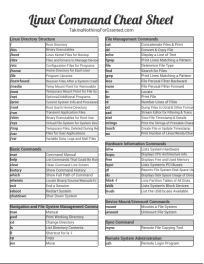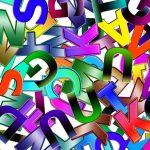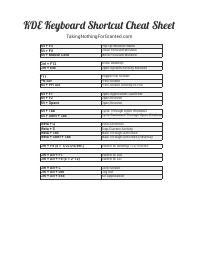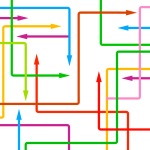_ ____ ____ ___ ___ _ _ / \ / ___| / ___|_ _|_ _| / \ _ __| |_ / _ \ \___ \| | | | | | / _ \ | '__| __| / ___ \ ___) | |___ | | | | / ___ \| | | |_ /_/ \_\____/ \____|___|___| /_/ \_\_| \__|
Artwork that is made up of nothing more than carefully-arranged keyboard characters — 95 American Standard Code for Information Interchange characters, to be precise — is called ASCII art.
I have already shared a few examples of ASCII art, without going into detail about them being ASCII art, in my post about having fun with the Linux command line, where Asciiquarium, Banner, Cowsay, Figlet (which produced the above example), and Sl were all featured.

 LTNS; HRU? GR8? G2K. ZUP?
LTNS; HRU? GR8? G2K. ZUP? While learning of all the useful commands on the Linux command line, it can be difficult to remember how much fun the command line can really be.
While learning of all the useful commands on the Linux command line, it can be difficult to remember how much fun the command line can really be. This year had been — much to my brother’s chagrin — very Linux command-line-intensive, at least on the blog front.
This year had been — much to my brother’s chagrin — very Linux command-line-intensive, at least on the blog front. Typography refers to the style and appearance of a written language, and/or the art and study of arranging and displaying a written language.
Typography refers to the style and appearance of a written language, and/or the art and study of arranging and displaying a written language. There are many
There are many  I’ve talked in the past about
I’ve talked in the past about  Virtual desktops are an old concept, centered around the thought of operating multiple applications on each of several separate desktops that are running in unison.
Virtual desktops are an old concept, centered around the thought of operating multiple applications on each of several separate desktops that are running in unison. KDE widgets are utilities that provide ease-of-use, functionality, or just plain fun to the KDE desktop environment.
KDE widgets are utilities that provide ease-of-use, functionality, or just plain fun to the KDE desktop environment.